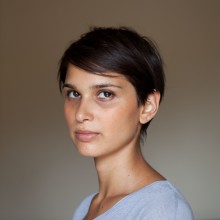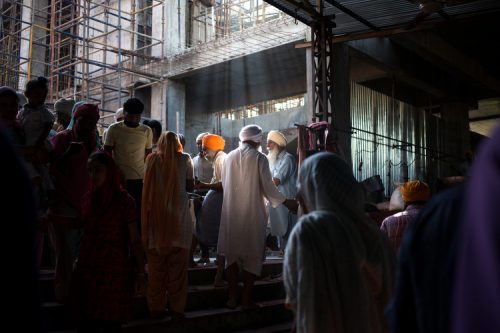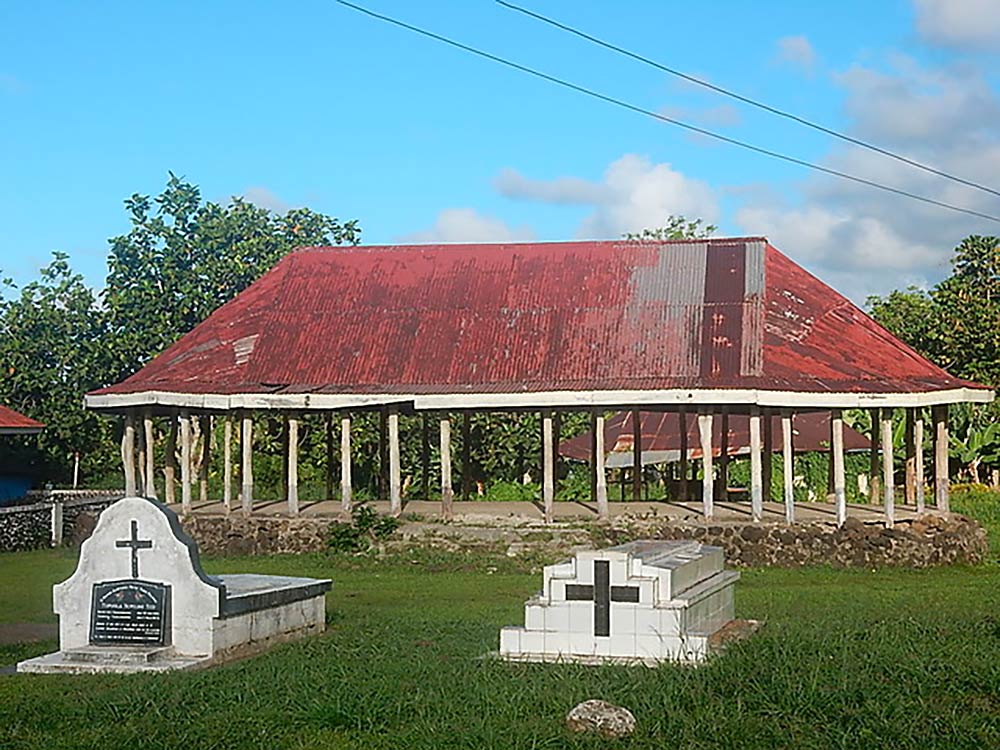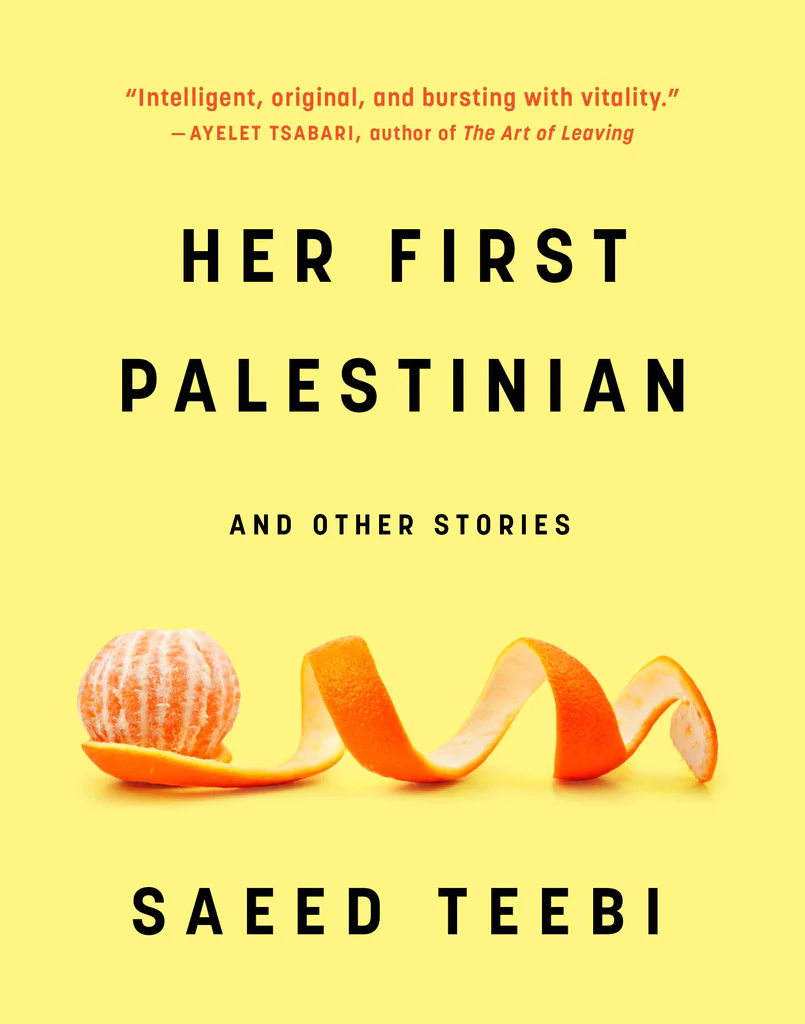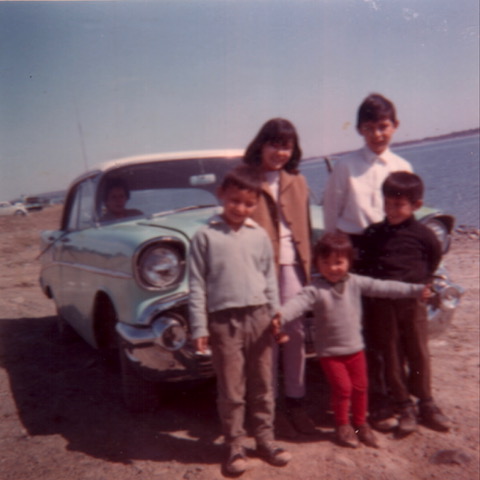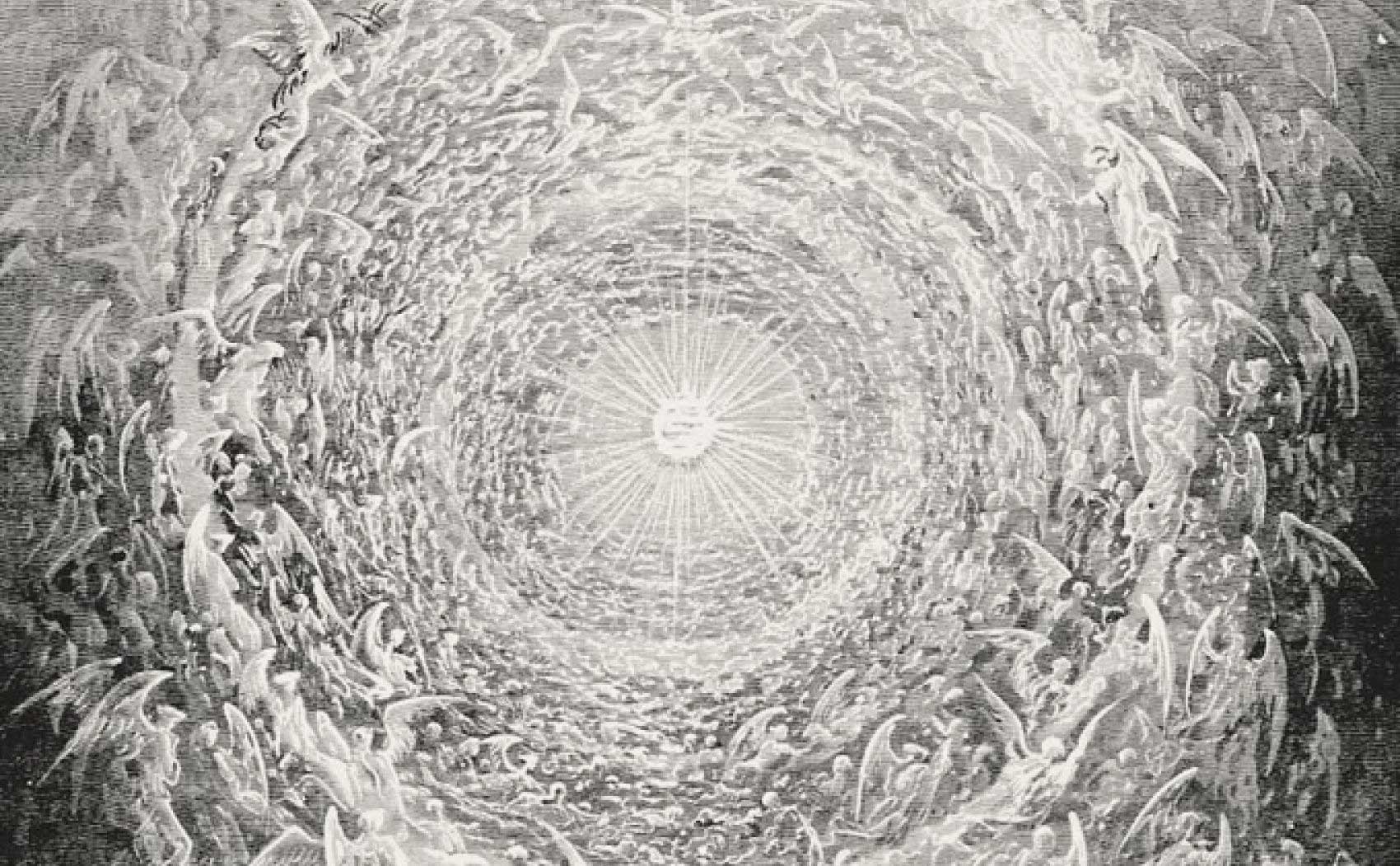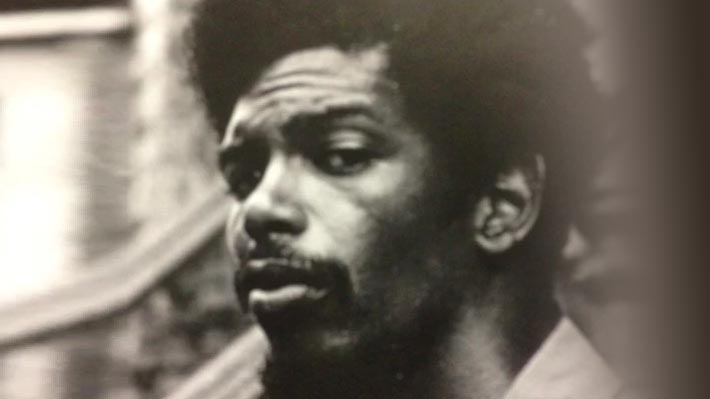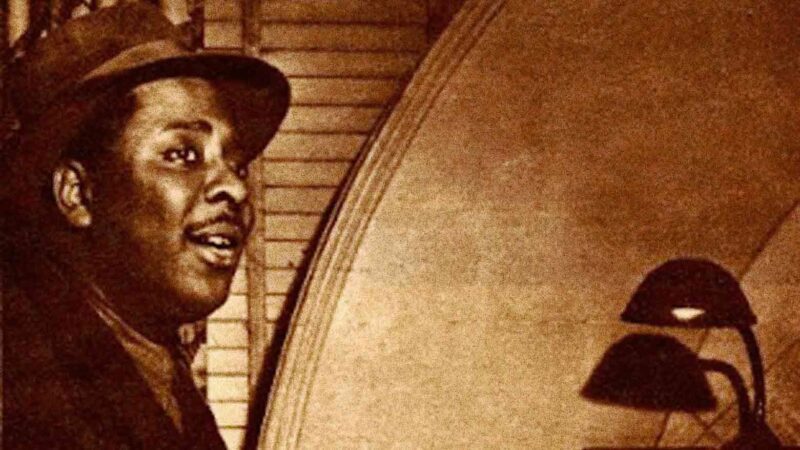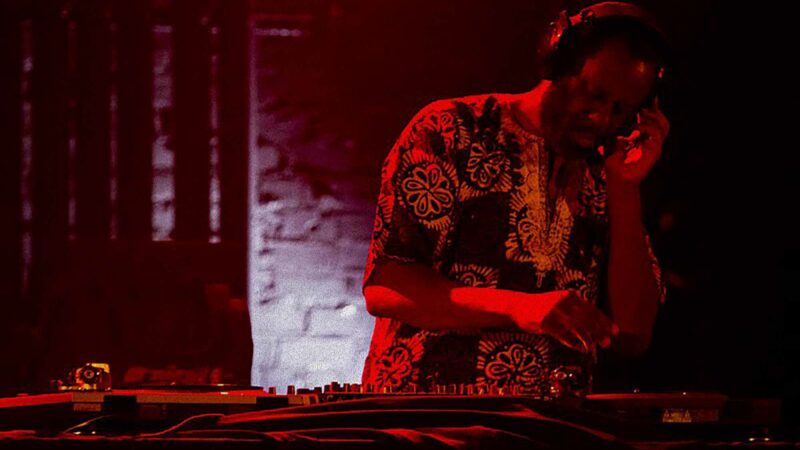A note from Rana Bose, Co-Editor Montreal Serai
I first met Tanya Bindra, an alumna of McGill University, during a cultural festival in the Philippines in 2011. She was there with her backpack full of lenses and camera gear photographing rappers from Los Angeles, hip hop dancers from NY City, First Nations singers, performance poets, writers and film-makers from across Canada.
It was an enormously enthusiastic gathering of cultural workers from all over the world– Asia, Africa, Latin America, the US, Canada and Europe–organized by the International Conference on Progressive Culture.
In the course of the past few years, Tanya has travelled the globe, beelining for conflict zones, contentious areas of the world, photographing and documenting people in distress, people migrating, and she has travelled being resolute, being happy and dispelling rumours about the impending collapse of the human spirit. I asked her for some photographs from her enormous collection for this issue on Art and Inspiration. The visual material accompanying her remarks are what she has provided to Montreal Serai for this issue.
Here is a note about Tanya taken from her own website:
Tanya Kaur Bindra (b. 1989) is an independent photojournalist and filmmaker based between West Africa, India and the United States.
She has contributed to outlets such as the New York Times, Newsweek, Le Monde, VICE, Time Magazine, the Washington Post and the Wall Street Journal. She has filed regularly to the Associated Press and European Pressphoto Agency and has also partnered on humanitarian advocacy campaigns with UNICEF, Médecins Sans Frontières and others. Before turning to photography, she provided crisis support and legal accompaniment services to survivors of sexual assault and later continued advocacy work at an immigrant workers center.
Tanya has been trained in battlefield medical response after undergoing a course by RISC (Reporters Instructed in Saving Colleagues). She has also taken a hostile environment course, supported by the Rory Peck Trust and the Forum Freelance Fund. She can be contacted for assignments worldwide.
Montreal Serai is pleased to present four photographs by Tanya, along with text notes for each, that exemplify the terrain that Tanya covered. From reporting on civil war and massacres, to covering the Ebola virus, Tanya has never hesitated to cover intensely contested issues and precarious conditions. Tanya’s comments accompany her photographs.
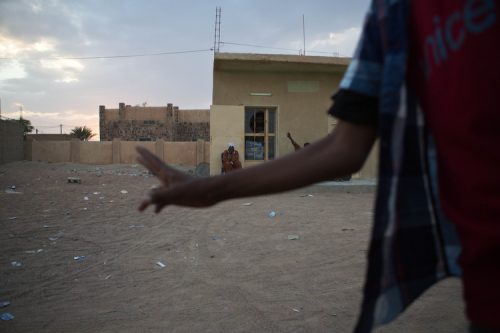
A young boy holds up his two fingers, a symbol for Azawad, in Kidal, Mali on 23 August 2013. Rebels of the MNLA, Mouvement National de Liberation de l’Azawad, returned to the desert city of Kidal along with French forces and support in late January 2013. It had been less than a year since the rebelsÕ brief occupation of the city in 2012, along with Gao and Timbuktu, fell to the Al-Qaeda linked groups they had previously been allied with. While the Ouagadougou accords signed in June allowed for the return of about 200 Malian soldiers to the rebel stronghold before the holding of national elections in August, the MNLA have yet to disarm. They continue to haphazardly administer the city and occupy government buildings. If their demands for autonomy are not met in upcoming negotiations, they have asserted that they are prepared to retake arms and continue their fight for the creation of Azawad. TANYA BINDRA/EPA
MALI
I first went to Mali in March 2012 to cover the aftermath of the coup d’état in the capital, Bamako. As the deterioration of Mali’s government and military left a power vacuum in the south, insecurity in the north deepened in parallel when Mali’s northern territories fell to Jihadist groups with the backing of the Tuareg-led MNLA (Mouvement National de Liberation de l’Azawad). I moved to Bamako later on that year, focusing on the stories of those who had been displaced by the occupation.
This picture was taken in Kidal, northern Mali, in August 2013, just a few months before two French journalists would be kidnapped and killed while reporting in the same city. I had just turned 24 and was staying at the newly established Malian military base in town. In this photo, a young boy is holding up two fingers, a symbol for Azawad, the autonomous state that MNLA are struggling to establish in northern Mali. In the background you can see buildings damaged from fighting and two other MNLA supporters.
The desert city of Kidal has been the MNLA stronghold for decades, and is also where alliances were established with Al-Qaeda linked groups to occupy the northern cities of Gao and Timbuktu. While UN peacekeepers and French soldiers were already on the ground when I got to Kidal, the Ouagadougou accords signed in June 2013 finally allowed for the return of about 200 Malian soldiers to the city before the holding of national elections in August. Despite the presence of the Malian military, the MNLA had yet to disarm and continued to haphazardly administer the city and occupy government buildings. The support of the local population was evident. And while many MNLA supporters discredited MNLA links to AQMI (al-Qaeda in the Islamic Maghreb), when the two RFI journalists were killed in November 2013, the presence of those Jihadist elements became harder to deny.
After the French launched a military intervention in January 2013, I spent most of my time in the newly liberated cities of Timbuktu, Gao and finally, Kidal. I was interested in finding stories of people’s resilience and resistance under occupation, but also wanted to understand the complex ethnic and geo-political tensions underlying the ongoing MNLA rebellion in Kidal and al-Qaeda’s destabilization of the region. I struggled also to understand the various dynamics at play witnessing the “humanitarian” intervention of Mali’s former colonial power, France, as well as the introduction of a large UN peacekeeping operation in one of world’s most marginalized countries.
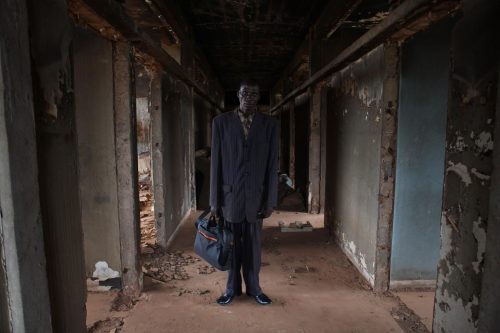
The conflict in Central African Republic has been characterized by the looting and pillaging of basic social services, including government offices, schools, health centres, and water treatment plants.
I first went to the Central African Republic in July 2014. The conflict between the anti-Balaka and Seleka had been in full effect by the time I got to the country. Violence was ongoing in July, but there weren’t as many journalists as in December 2014, when large-scale killings erupted in the capital, Bangui. CAR was the hardest place I worked. I never felt so vulnerable and hated for carrying a camera. Those quiet moments that I sought out to capture of everyday life became highly politicized and dangerous for me to cover.
I worked in the north, a city called Bambari, which had seen the heaviest fighting in recent weeks. I visited the hospital in town and talked with the doctors, nurses and patients. People were coming in everyday from neighboring villages and from the town itself. Young men came in with gaping, puss-filled wounds from machete attacks, perfectly smooth, straight slices on their skin. One man had been hit by a bow and arrow. I did not even know that people still used bows and arrows. An elderly woman had her lower right leg burned to the bone by a grenade. I could not photograph her even though she motioned for me to do so because I could not stop gagging from the smell of her wound and I did not want her to realize this. The head doctor and director of the hospital said he could no longer eat meat. I immediately understood why.
It was hard to fathom the process of dehumanization that must take place in one’s psyche in order to be able to kill another as intimately and closely as with a machete, and then to further gather the passion to mutilate a body after it clearly has lost life. I think that that dehumanization of the other must also be accompanied by a dehumanization of the self. All life, whether one is killing or being killed, has become devalued in a sense.
There had been many images of these massacres. Those images are important to take but I did not take them. In this photo a civil servant who works in the Ministry of Education walks through the halls of the building. One part of the building has been left like this, damaged by the fighting, and the other is still in use – although civil servants usually work without electricity most of the day. The building had been ransacked during fighting in 2013, but most of the damage had been inflicted years ago during previous coup attempts. It was just never rebuilt or restored.
This photo to me symbolizes what conflict is often about – in this case, the legacies of French colonialism in CAR, of pitting ethnicities against each other, of propping up dictators like the notorious Jean-Bedel Bokassa, of the siphoning of uranium, timber, diamonds and gold and other resources from the country, and finally, the chronic underdevelopment of government institutions.
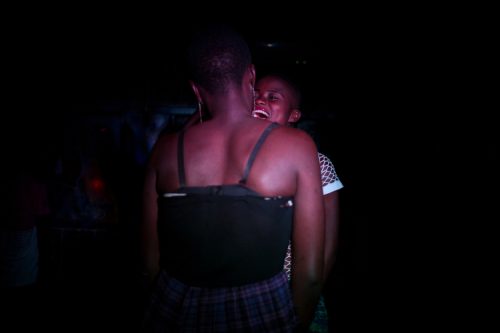
GANTA, LIBERIA – October 17: Young people dance at Club Dalvino before an 11 PM country-wide curfew intended to stop the spread of Ebola, on October 17, 2014 in Ganta, Liberia. Though most clubs and bars have closed since the Ebola epidemic struck the city that borders neighboring Guinea, some youth continue to dance on the weekends in the hopes of regaining a sense of normalcy in their lives. (Photo by Tanya Bindra for The Washington Post)
LIBERIA
I first went to Liberia in early October 2014 on assignment to cover the spread of the Ebola virus. I had already spent about a month in Sierra Leone doing the same and was finding it increasingly difficult to photograph. I was feeling pressure to document the tragedy in West Africa in a way that conformed to American media desires, which may seem normal or obvious when reporting for American news outlets, but was made very bizarre and clear to me as I watched a media frenzy erupt from abroad, from where the frenzy had originated or was presumed to be about.
I thought of the photos I had taken of confirmed and suspected patients in clinics and holding centres, of following body collection teams on the streets, of the burials in villages and so on. A lot of those images were too graphic to print and were never even sent to editors. At the time, I was having a difficult time sleeping and eating and wrote in my diary, “the smell of death and vomit and blood and shit has translated into a taste in my mouth I cannot escape.”
I also had trouble wrapping my mind around Ebola – it was not a rebel leader you could have tea and chat with, or a disgruntled soldier you could share a beer with, or a politician you could schedule an interview with. The people you are closest to, that you care for, that you love the most could kill you. It is no coincidence that the majority of Ebola victims are female. Women are generally those who take care and tend to the sick.
In Liberia, I didn’t have access to the hospitals and holding centres the way I did in Sierra Leone. I had to find other ways to tell the story and I found that I was wanting to say something different. It’s hard sometimes in an emergency situation. On one hand, there is something immediate and horrible happening and you want to provide emotional storytelling to document it, to make people aware. On the other, you may be confirming to an audience what they may already believe to be true – in this case, that West Africans are suffering, are poor, are sick, etc.
I was reporting in a small city called Ganta, near the Guinean border, when I heard the bass of a nightclub. It was Friday night and around 9 PM, before an 11 PM country-wide curfew would take effect. In the photo, a young teenager is dancing with her friend in celebration of her 18th birthday.
This photo reminded me that although I am drawn to documenting the political – conflict and post-conflict, social upheaval, globalization, or the effects of unstable, fragile states–I am more interested in the quiet moments of everyday life within those politicized realities. Yes, everyone at that nightclub had been affected by Ebola – but these girls also spent part of their day contemplating which outfit looked cooler to wear that night and which boy they wanted to dance with. People in struggle have varied subjectivities, have various ways of coping and resisting, of surviving and thriving – and this too is part of the story.
Witnessing that girl’s smile filled me with such joy, at a time and place where both smiles and joy was hard to find.
For the past three years I have been covering news in West Africa. While its here and on the news wires that I learned how to take photos and first became interested in the documentation of history, in the idea of creating visual cartographies of socio-political change and cultural production, I am longing to tell stories that don’t have an immediate deadline.
I have also realized over these past few years certain limitations of news photography in storytelling, especially in places one is not from, as a methodology, representation, or means of engagement. Somehow, I feel I also want to move onto more poetic questions, more personal questions.
I went to India for the first time when I was 22 and returned last year to work on personal projects, focusing on expressions of faith and spirituality. I trekked through the Himalayas following a Hindu pilgrimage in the aftermath of terrible floods that destroyed much of the trail and killed many of the pilgrims. I followed religious processions, marriages, and holy rituals in temples and in private homes. Finally, I went to Amritsar, and spent a few days sleeping on the marble floor of the golden temple amongst Sikh pilgrims that had spent days traveling to get there.
This picture was taken in Amritsar during that visit. I had been photographing the langar – starting with the volunteers preparing the food, cooking it, serving it, eating it and finally, cleaning it up and washing the dishes. I was standing in the middle of the hall and suddenly a light fell through the makeshift roofing. This moment came to me as I realized how immensely comforting and yet foreign it felt to feel my own invisibility amongst the crowd.
I am not from India. I am Sikh but I don’t speak Punjabi. Of course I am as much as a stranger in India or Pakistan as I am working in West Africa. But here, unlike West Africa or even America, no one asked me where I was from. And if they realized I was a foreigner, no one asked me why I had come. It seemed to be understood and that was very powerful for me, as romanticizing as it may sound.
I am not personally religious but I am fascinated by people’s faith. This project is exploration of that, is ongoing and will probably never end. I hope to continue it everywhere.
